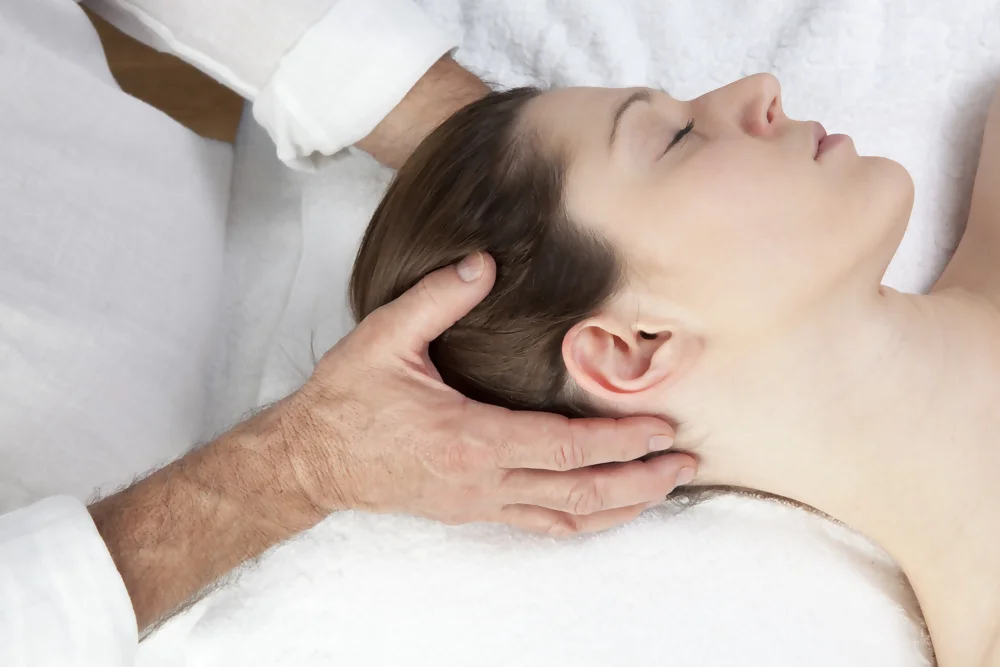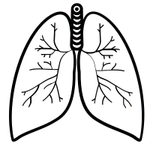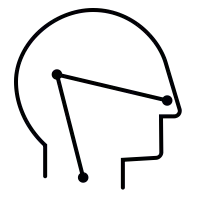TMJ and Jaw Pain Treatment – Pain Management Clinic in Oakville
Temporomandibular joint (TMJ) disease is a common cause of jaw discomfort. The joints of your lower jaw and skull are affected by this illness. Pain in the jaw or face may be an indication of temporomandibular joint disorder.
Pain in the head, neck, or ears may also result. When you open your lips, you could even hear a clicking or popping noise. The TMJ and the muscles in the area are subjected to a range of manual manipulations in this treatment. Pain in the temporomandibular joint (TMJ) can be alleviated and function can be restored with osteopathic treatment, a kind of manual therapy.
Osteopathy Clinic specialises in osteopathic medicine are educated to identify and treat diseases affecting the musculoskeletal system. This system includes the bones, joints, muscles, and connective tissues.
Patients with jaw discomfort, headaches, migraines, and accompanying neck pain might benefit from osteopathic therapy. Pain in the neck and head may be a symptom of a problem with the jaw joint.
Symptoms of TMJ Disorder:
Some of the symptoms of tmj dysfunction are:
- TMJ muscle pain and stiffness
- Headaches – migraine and tension
- Earaches and pressure in the ears
- Tinnitus
- Pain on chewing
- Sinus congestion and airway issues
- Teeth grinding and clenching
- Pain in the neck
- A change in how your teeth fit together
- Clicking or locking

Trigeminal neuralgia TMJ Pain, the “Worst Kind of Pain,”
Face and head discomfort are caused by the trigeminal nerve, which is situated in the upper region of the neck between the first and third cervical vertebrae. The trigeminal nerve regulates the function of the jaw, lips, tongue, and eardrum, making it possible to chew food, open the mouth, and swallow. One branch provides blood and nutrients to the membranes that form the brain’s protective sheath (the dura mater).
The Reticular Alarm System in the subcortical grey matter of the brain receives a signal from the trigeminal nerve whenever a person experiences pain. Clenching your teeth is a natural reaction to stress that primes your body for either fight or flight by stimulating the reticular activating system. Not only can real pain set off this reaction, but so may the thought of future danger, anxiety, or agony.
Intense stress or unresolved trauma can lead to chronic jaw clenching, which in turn can exacerbate TMJ problems by overwhelming the sympathetic nervous system. In addition to providing relief from jaw pain, osteopathic techniques are also effective at preventing and treating headaches and migraines.

We examine the contours of your back and the way you stand. Having a hunched back is a sign of bad posture, which can lead to strain on the muscles at the front of the neck. Due to the disruption of the normal cervical curve, whiplash patients in oakville may experience elevated tension in the jaw, head, and neck. Posture and exercise recommendations may be made. Structural techniques are used to treat upper neck stiffness, joint restrictions, and stress in the spine’s soft tissues.
By releasing tension in the brain’s protective coverings (the dura), craniosacral treatment helps re-establish a normal cranial rhythm. Normal blood and cerebrospinal fluid circulation around the brain and spinal cord allows for information processing by the glia cells and waste product purification by the lymphatics. Reducing the overactivity of the trigeminal nerve and the reticular activating system, both of which can be brought on by stress, is a viable goal. Relaxing the visceral muscles may improve posture and pressure distribution.
Avoiding Headaches and Migraines
Jaw mobility and symmetry will also be evaluated. With the use of soft tissue operations, the trigeminal nerve can unwind when the jaw muscles and ligaments are stretched.
The jawbone and the bones of the palate can be adjusted with a cranial operation.
Frequently, jaw issues may be traced back to fascial tensions that can be mobilized with visceral therapies, namely in the digestive system and the esophagus.

Orthodontics for bite correction
Certain patterns of cranial bone misalignment have been shown to correlate with overbites, underbites, and crossbites, as indicated by imaging. To avoid breathing difficulties, it’s best to always keep your neck in a neutral position.
Osteopathic treatment is a great addition to orthodontics because it helps the bones that support the teeth shift more quickly. Instead, orthodontic treatment may be recommended for those whose TMJ misaligns often.
In conclusion, Osteopathy treatment for temporomandibular joint (TMJ) pain is an effective way to manage the pain and improve function. The osteopathic physician will work with the patient to create a personalized treatment plan that may include manual therapy, exercises, and education. With the help of an osteopathic physician, patients can find relief from their TMJ pain and improve their quality of life.








